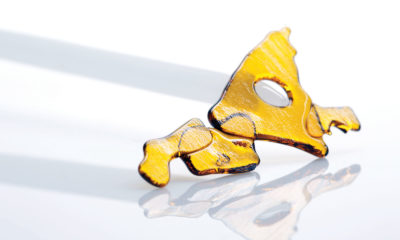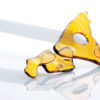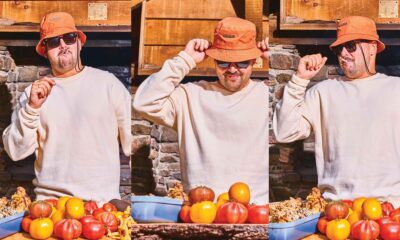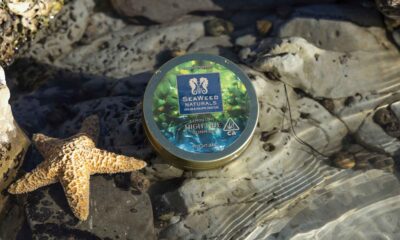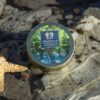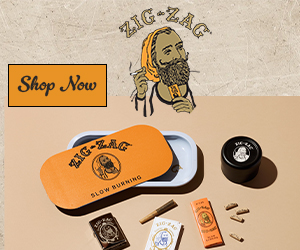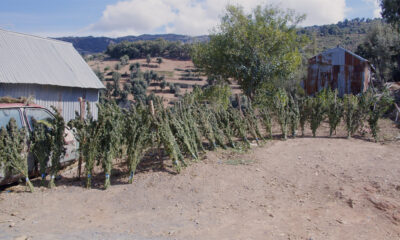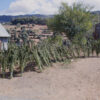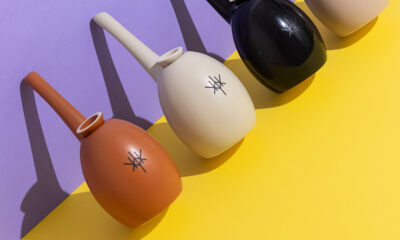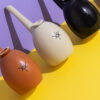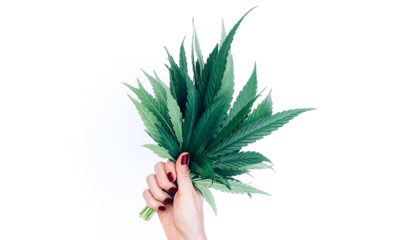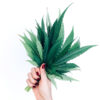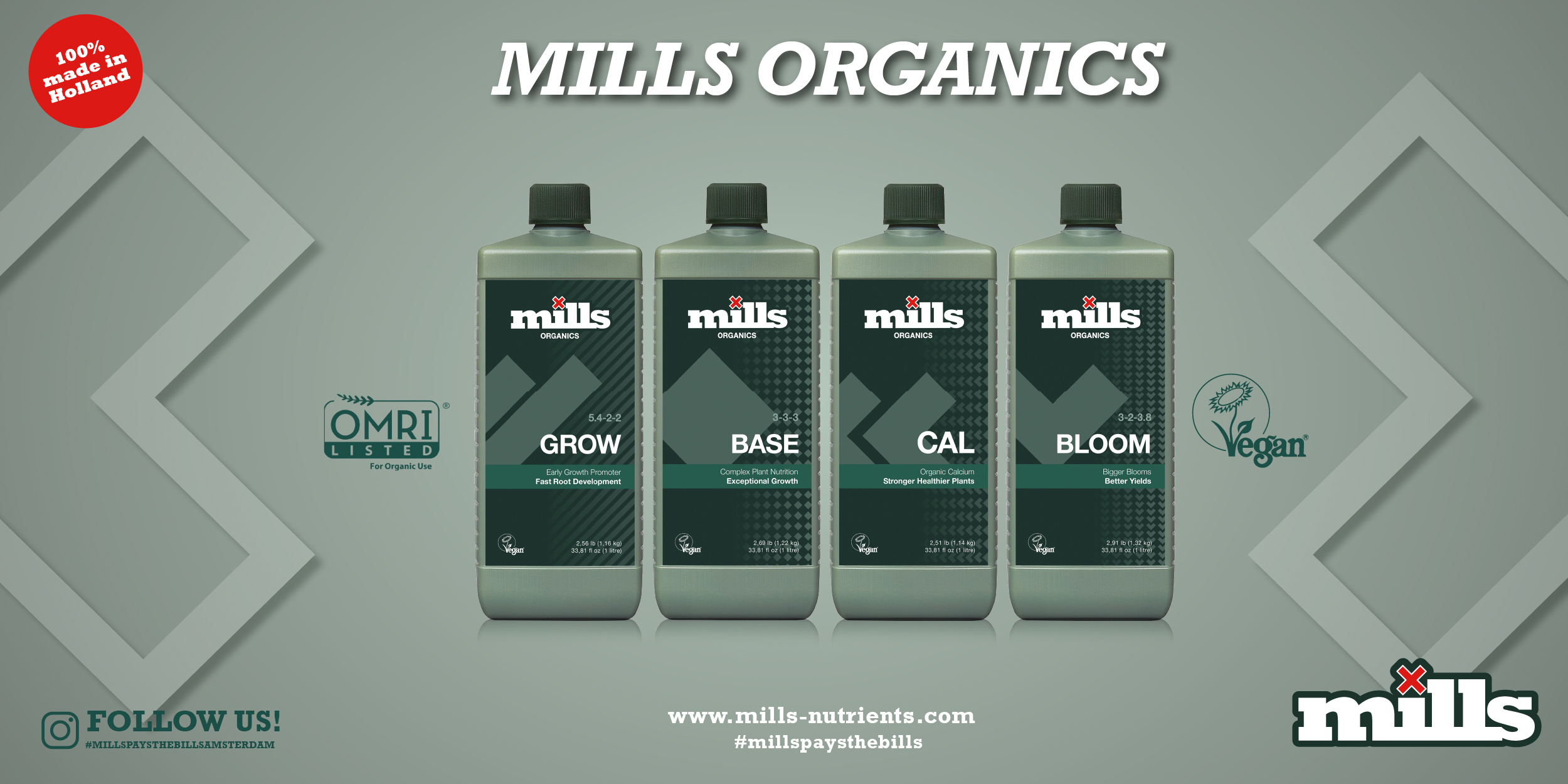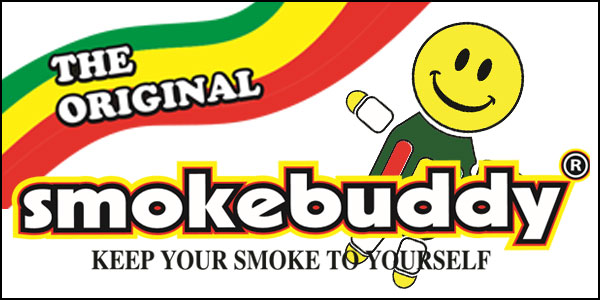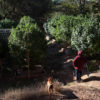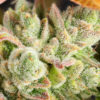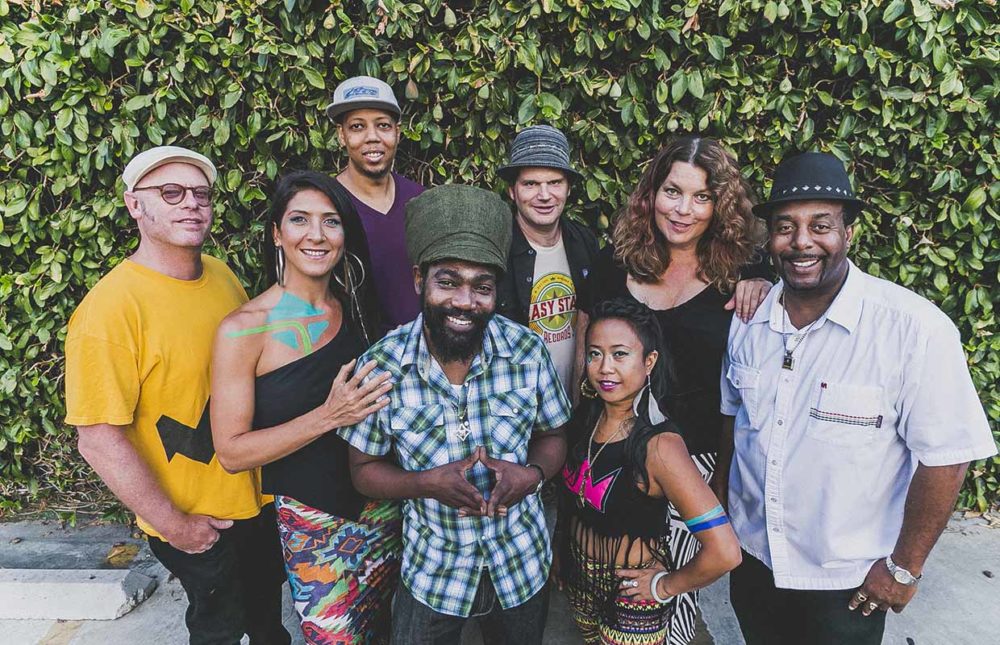
Culture
Music Q&A: Radiohead Is Jah
New York music producer Michael Goldwasser explains how ‘Radiodread’ united factions of art rock and reggae fans.
Few genres or bands can be as divisive as the Caribbean music form reggae, or the world’s biggest art rock band of all time, Radiohead.
Some can’t stand the repetitive, laid-back, often simple vibes of reggae music. Other’s bolt at the sound of Radiohead singer Thom Yorke’s mewling vocal delivery.
But there’s a reason why both reggae and Radiohead have such fanatical fanbases and sometimes all it takes is a masterful re-arrangement of two flavors to illustrate their lure.
This fall marks the tenth anniversary of “Radiodread” — a hit cover album of Radiohead’s seminal 1997 record “OK Computer”, as interpreted by reggae group Easy Star All-Stars and its producer Michael Goldwasser.
Featuring reggae greats like Toots and the Maytals, Citizen Cope and Frankie Paul, “Radiodread” returned to stores this fall in a re-released, and re-mastered tenth anniversary edition on CD, vinyl and digital, with new tour dates from the band, and an all-new cover of Radiohead single “High and Dry” off The Bends, recorded by Morgan Heritage.
“OK Computer” is widely considered to be a landmark album of the late ’90s, speaking for a generation the way other great albums do: think, The Beatles’ “Sgt. Pepper’s Lonely Heart’s Club Band,” or Pink Floyd’s “Dark Side of the Moon,” or Michael Jackson’s “Thriller.”
Such landmark status attracted longtime producer Goldwasser, who through his New York label Easy Star covered each album to smashing success. Goldwasser reflects on 10 years of “Radiodread,” as well as Caribbean music in 2016, and marijuana legalization in this Cannabis Now Q and A, edited for length and clarity.
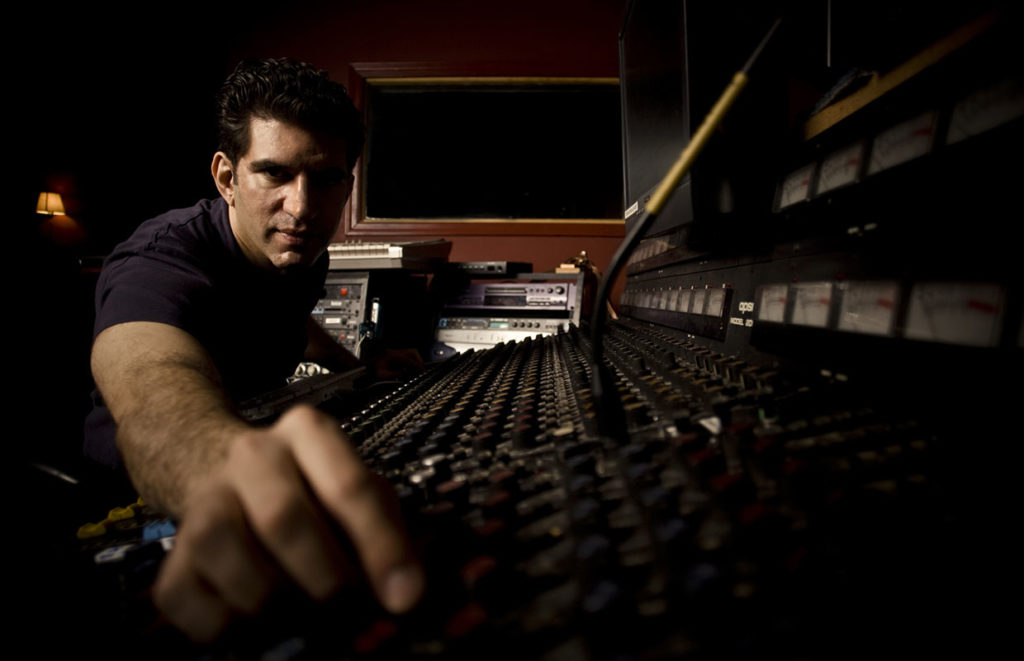
Cannabis Now: Ten years in, how has “Radiodread” done?
Goldwasser: “Radiodread” has done well. It’s our second-best-selling tribute album. To me, artistically, sales aside, I’m very happy with how it came out.
It’s not as big as “Dub Side of the Moon.” That’s probably the apex of our career, and it may be the most popular thing we’ll ever do. That’s cool. It brought people into the fold of becoming Easy Star fans and reggae fans. A lot of people would say, ‘I hate reggae,’ and they hear “Dub Side of the Moon” and go, ‘Maybe I don’t hate reggae,’ and they actually became reggae fans.
Do you remember doing it ten years ago like it was yesterday?
It does kind of feel strange that it’s been 10 years. “Radiodread” was a great challenge for me. Everything I know about Radiohead I learned from dissecting that album.
“OK Computer” is pretty complex. There’s just changing meters all over the album, and to make that work as reggae was really a great challenge.
Thom Yorke’s lyrics are somewhat out there, but yet one of the reasons “Radiodread” worked was he is still writing about universal themes. I think people can relate to the lyrics on some kind of bigger level, even if they don’t get all of the particulars.
“Radiodread” was the first time I heard a lot of Yorke’s lyrics in the clear and could understand what he was saying.
You’re not the first person to say that. [Laughs].
You got the legendary Toots and the Maytals’ covering “Let Down,” did Radiohead like the album?
I know that [guitarist] Johnny Greenwood is a big reggae fan. After we finished we sent it to them and found out that Thom had mentioned the album from stage in concert in Philadelphia, which is cool because playing live, Thom Yorke doesn’t talk too much. For him to take the time to big-up our album, that felt pretty darn good. It turns out they all said they really enjoyed the album.
You’ve re-arranged Pink Floyd, Radiohead, The Beatles and Michael Jackson, who’s the easiest to make reggae?
They’ve all had their own challenges. After doing “Dub Side…” and “Radiodread,” I kind of feel like I could interpret anything and make a great reggae version of it.
As a lifelong reggae lover, what do you make of the genre’s prospects in modern music?
It’s hysterical to me that Drake and Rihanna and Justin Bieber can do songs using early ’90s dancehall beats — but they don’t call it ‘dancehall’ or ‘reggae,’ they call it ‘tropical house.’ It’s an affront to the people who created all these rhythms in the first place, but it makes me laugh.
I’m bullish on reggae, in the sense that there’s more and more younger people seeming to gravitate to it and I believe the children are the future.
Reggae has been rebranded for the mainstream, Bob Marley’s kids are selling cannabis as Marley Natural, legalization is sweeping the country — decades after rastas recommended it. How does all this hit a veteran reggae producer. Do you just roll your eyes?
Sometimes I do kind of have to roll my eyes. Certainly I have mad respect for all the rastas I know that consider smoking a sacrament. But I just laugh when I go to something like the Cali Roots Festival and see pretty young kids trying to smoke a pound of herb in a day.
What was ganja’s role in Easy Star’s output, if any?
Since we tour all over, I don’t want to give any local authorities reason to suspect any individuals in the band. But, philosophically, we are pro-legalization and pro-usage.
I hate to disappoint, but honestly, for me, it’s none. I personally want to be so focused when I’m working, I don’t want anything to distract me from making the best thing possible. So many people have assumed that I was [high] when I made this music, because to them it sounds like I was. But it’s not necessary.
Originally published in Issue 23 of Cannabis Now. LEARN MORE.
TELL US, what music are you listening to lately?



